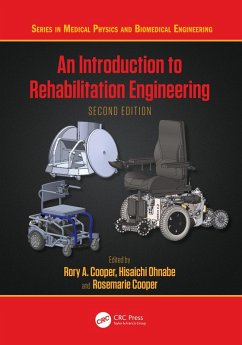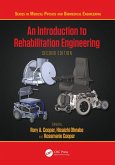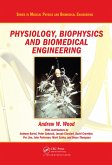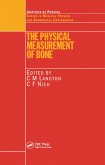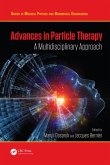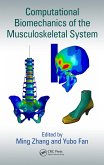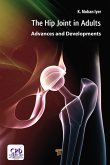Structured with clear learning objectives, chapter-end study questions and a comprehensive glossary, this book supports both academic instruction and lifelong learning. With a focus on usercentered design and interdisciplinary collaboration, it equips readers to meet the challenges of modern rehabilitation engineering with creativity, understanding and technical expertise. Whether beginning a journey in rehabilitation engineering or seeking to deepen knowledge, Introduction to Rehabilitation Engineering, Second Edition, offers a concise yet thorough foundation in a critical and rapidly evolving field - inviting further exploration, innovation and impact. These features make the book a valuable resource for students, practitioners and anyone interested in the field of rehabilitation engineering.
Key Features:
. Covers essential topics such as device design, service delivery models, universal design principles and technology transfer mechanisms.
. Emphasizes real-world applications of RE, including areas like wheelchair design, prosthetics and orthotics, web accessibility and communications technology, robotics in rehabilitation and adaptive sports, offering readers a tangible understanding of how these technologies impact daily life.
. Serves as a concise yet thorough introduction, providing readers with a solid foundational understanding of RE, while stimulating further exploration and research in the field.
Dieser Download kann aus rechtlichen Gründen nur mit Rechnungsadresse in A, B, BG, CY, CZ, D, DK, EW, E, FIN, F, GR, HR, H, IRL, I, LT, L, LR, M, NL, PL, P, R, S, SLO, SK ausgeliefert werden.

